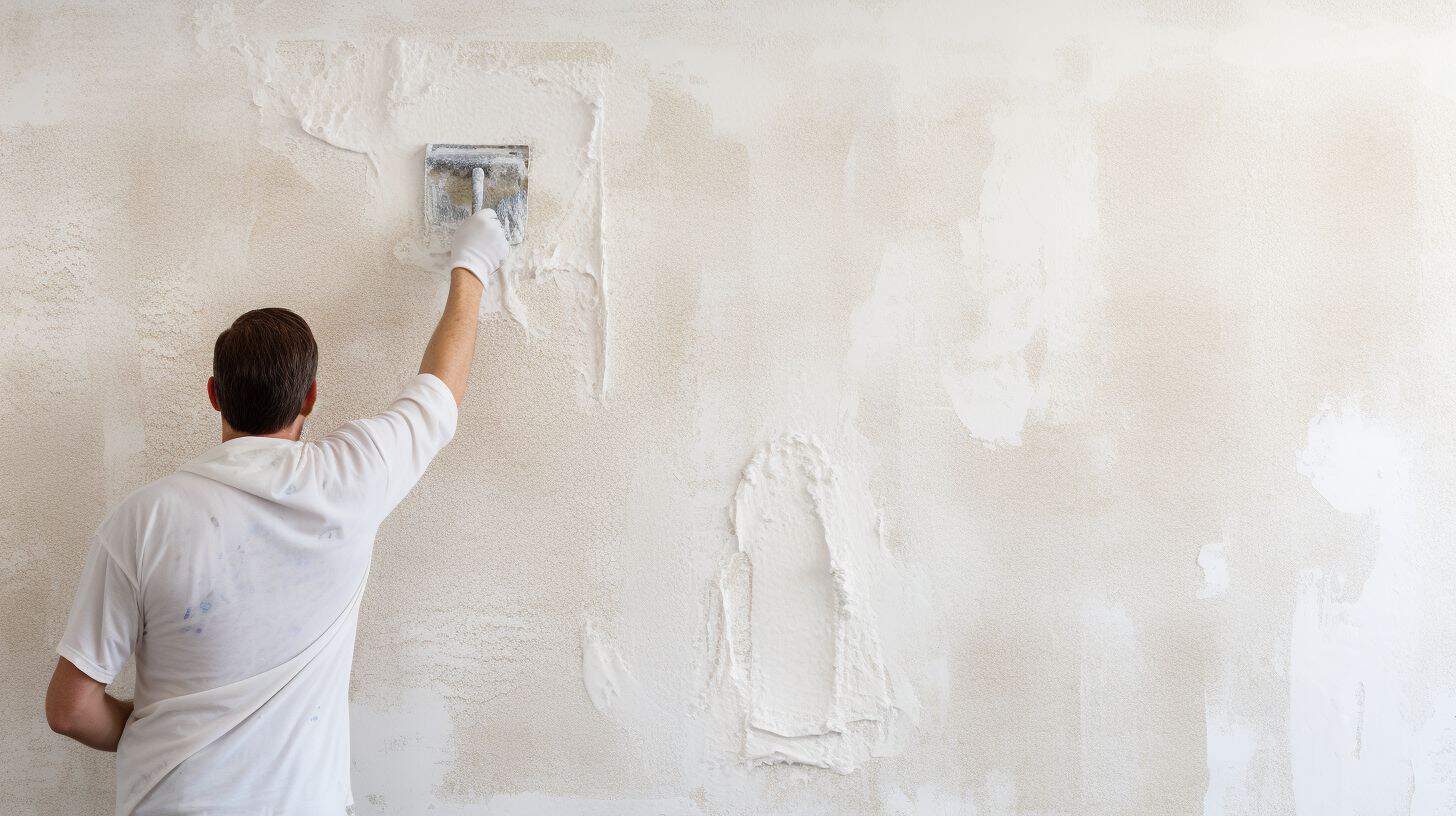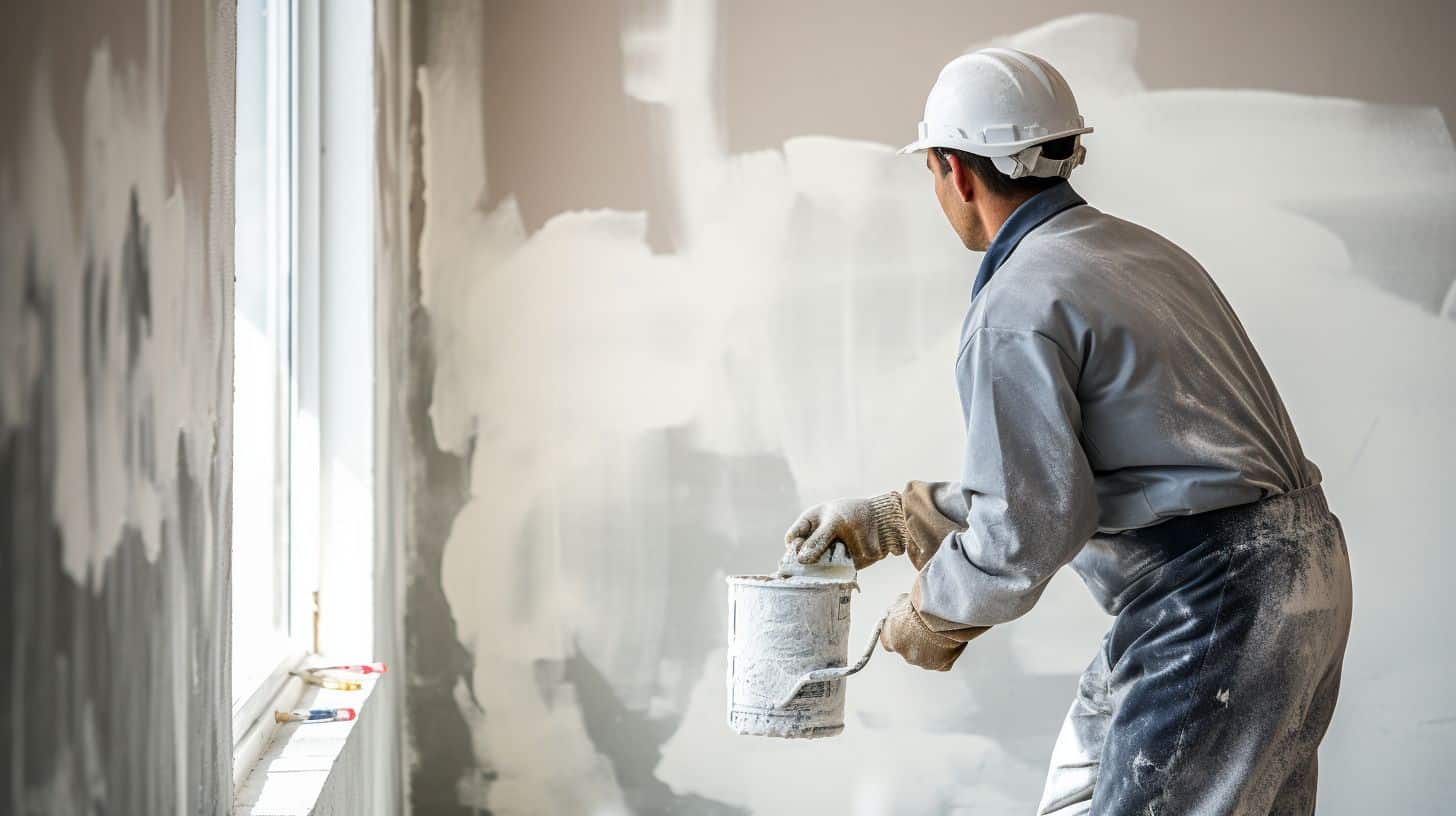The Importance of Trowel Techniques in Venetian Plaster
Trowel techniques are fundamental to achieving the desired finish in Venetian plaster applications. The way you handle the trowel, including the type you use, the angle at which you hold it, and the pressure you apply, all significantly impact the final texture and appearance of the plaster. Mastering these techniques allows you to create a wide range of finishes, from smooth and polished to textured and rustic, enhancing the aesthetic appeal of any space.
How Different Techniques Affect the Final Texture and Finish
Different trowel techniques can produce various textures and finishes, each with its unique character and beauty. By adjusting the trowel type, angle, and pressure, you can manipulate the plaster to create smooth, glossy surfaces or intricate, textured patterns. Understanding and practising these techniques enable you to tailor the finish to suit specific design preferences and project requirements, making Venetian plaster a versatile and highly customisable material for interior and exterior applications.

Types of Trowels for Venetian Plaster
Stainless Steel Trowels
Flat Trowels
Flat trowels are the most commonly used tools in Venetian plaster applications. They have a smooth, flat surface that is ideal for applying and spreading the plaster evenly across the wall. Flat trowels are essential for achieving a uniform base layer and smoothing out any ridges or bumps.
- Uses: Applying base and intermediate layers, smoothing the surface
- Advantages: Provides a smooth finish, easy to control
- Tips: Keep the trowel clean and use consistent pressure to avoid creating lines
Rounded Edge Trowels
Rounded edge trowels are designed to create smooth finishes without leaving sharp lines or edges. These trowels are particularly useful for final layers and burnishing, where a seamless, polished look is desired.
- Uses: Final layers, burnishing
- Advantages: Reduces the risk of edge marks, ideal for a polished finish
- Tips: Use light, consistent pressure and smooth, overlapping strokes
Polishing Trowels
Polishing trowels are specialized tools used during the final stages of Venetian plaster application to achieve a high-gloss finish. These trowels are usually made from high-quality stainless steel with rounded edges to prevent scratching.
- Uses: Final burnishing and polishing
- Advantages: Helps achieve a mirror-like finish, enhances the plaster’s shine
- Tips: Apply firm, consistent pressure and use circular motions for best results
Specialty Trowels
Margin Trowels
Margin trowels are small, versatile tools used for detailed work in tight spaces and corners. Their narrow blade allows for precise application and smoothing in areas that larger trowels cannot easily reach.
- Uses: Detailed work, corners, and edges
- Advantages: Versatile, allows for precision in small areas
- Tips: Use for detailed applications where precision is key
Venetian Trowels
Venetian trowels are specifically designed for Venetian plaster applications. They often have a flexible, stainless steel blade that adapts to the contours of the wall, making them ideal for both smooth and textured finishes.
- Uses: General application of Venetian plaster, both smooth and textured finishes
- Advantages: Flexible, adapts to wall contours, reduces fatigue
- Tips: Select a trowel size that suits the scale of your project
Texturing Trowels
Texturing trowels are designed to create unique patterns and textures in the plaster. These trowels may have serrated edges or special shapes to help craft distinctive finishes.
- Uses: Creating patterns and textures
- Advantages: Versatile, allows for creative texturing
- Tips: Experiment with different texturing trowels to achieve various effects
By selecting the appropriate trowel for each stage of the Venetian plaster application, you can significantly influence the final outcome. Understanding the specific uses and advantages of each type of trowel is essential for achieving professional and aesthetically pleasing results.
Angle and Pressure Control
Understanding Trowel Angles
Flat Angle
Using a flat angle with your trowel is ideal for applying a smooth, even coat of Venetian plaster. This technique involves holding the trowel nearly parallel to the wall, which helps spread the plaster uniformly across the surface without creating ridges or bumps.
- Application: Base and intermediate layers
- Advantages: Ensures even coverage, minimizes imperfections
- Tips: Maintain a consistent flat angle to avoid uneven thickness
Steep Angle
A steep angle, where the trowel is held more perpendicular to the wall, provides more control and is useful for detailed work and creating textures. This angle allows for greater precision in applying pressure and manipulating the plaster.
- Application: Detailed work, texturing, and finishing
- Advantages: Greater control, ideal for detailed textures
- Tips: Adjust the angle gradually to find the right balance for your specific task
Adjusting Angles
Adjusting the angle of your trowel can have a significant impact on the finish of the plaster. By experimenting with different angles, you can create various effects and textures. The angle should be adapted to the specific requirements of each layer and the desired finish.
- Application: All stages of plastering
- Advantages: Versatility in creating different effects
- Tips: Practice adjusting angles to understand their impact on the final result
Controlling Pressure
Light Pressure
Applying light pressure with the trowel is essential for creating a thin, even coat of plaster. This technique is often used for the initial layers to build up the surface without adding too much material at once.
- Application: Initial layers
- Advantages: Creates a smooth, even base
- Tips: Use consistent, gentle strokes to avoid dragging the plaster
Medium Pressure
Medium pressure is the standard for most applications, providing a balance between spreading the plaster and smoothing it out. This pressure is useful for both intermediate layers and smoothing out the surface before final burnishing.
- Application: Intermediate layers, smoothing
- Advantages: Balances application and smoothing
- Tips: Maintain steady, even pressure for a consistent finish
Heavy Pressure
Heavy pressure is used primarily for compressing and burnishing the plaster to achieve a polished, glossy finish. This technique helps to compact the plaster, making it denser and more reflective.
- Application: Final burnishing and polishing
- Advantages: Achieves a high-gloss finish, compacts the plaster
- Tips: Apply firm, consistent pressure with smooth, overlapping motions

Techniques for Consistency
Maintaining Even Pressure
Maintaining even pressure is crucial for avoiding streaks and lines in the plaster. Inconsistent pressure can result in an uneven surface, detracting from the overall appearance.
- Application: All stages of plastering
- Advantages: Ensures a smooth, uniform finish
- Tips: Focus on keeping the pressure consistent with each stroke
Smooth Strokes
Using smooth, overlapping strokes helps to create a consistent finish. Each pass of the trowel should blend seamlessly into the next, preventing visible lines or transitions.
- Application: All stages of plastering
- Advantages: Creates a seamless, polished look
- Tips: Practice smooth, controlled strokes to master the technique
By mastering the control of trowel angles and pressure, you can achieve a wide range of finishes and effects with Venetian plaster. Understanding these techniques is essential for producing professional-quality results.
Creating Different Textures
Basic Texturing Techniques
Smooth Finish
A smooth finish is the most traditional and popular texture for Venetian plaster. Achieving this look requires careful application and attention to detail, ensuring that each layer is evenly applied and polished.
- Application: Use a flat trowel held at a low angle
- Technique: Apply thin layers of plaster, smoothing each layer with broad, even strokes
- Tips: Ensure each layer is fully dry before applying the next, and use a polishing trowel for the final burnishing
Stucco Finish
A stucco finish offers a slightly rougher texture, providing a more rustic and natural look. This technique can add depth and character to the plaster.
- Application: Use a rounded edge trowel
- Technique: Apply the plaster with a slight circular motion, allowing for some texture to remain
- Tips: Vary the pressure slightly to create a more organic, varied texture
Brushed Finish
A brushed finish involves creating linear patterns in the plaster, which can add visual interest and texture to the surface.
- Application: Use a specialised texturing trowel or brush
- Technique: Apply the plaster and then drag the brush or trowel through the wet plaster in straight or wavy lines
- Tips: Work quickly and consistently to maintain uniformity in the pattern
Advanced Texturing Methods
Marbled Effect
The marbled effect mimics the look of natural marble, adding a sophisticated and luxurious touch to the plaster. This technique involves layering and blending different colours and textures.
- Application: Use a combination of flat and polishing trowels
- Technique: Apply a base layer of plaster, then layer different colours and blend them using a polishing trowel in a circular motion
- Tips: Experiment with different colour combinations and blending techniques to achieve a realistic marble effect
Swirl Patterns
Swirl patterns create a dynamic and visually striking texture. This method involves using circular motions to apply and shape the plaster.
- Application: Use a margin trowel or similar tool
- Technique: Apply the plaster and then use the margin trowel to create swirling patterns by moving in a circular motion
- Tips: Maintain consistent pressure and speed to ensure uniformity in the swirl patterns
Custom Textures
Creating custom textures allows for a high degree of creativity and personalisation. By experimenting with various tools and techniques, you can develop unique finishes that stand out.
- Application: Use a variety of texturing tools such as sponges, brushes, and specialised trowels
- Technique: Apply the plaster and use different tools to create custom patterns and textures
- Tips: Test different techniques on a small area first to see how they affect the plaster before applying them to the entire surface
Tips for Achieving Desired Textures
Practice and Experimentation
Experimentation and practice are key to mastering different texturing techniques. Each tool and method can produce a unique effect, so it’s essential to practice and find the techniques that work best for your specific project.
- Application: Start with small test areas
- Advantages: Allows you to refine techniques and achieve the desired effect
- Tips: Keep detailed notes on the techniques and tools used for future reference
Consistency in Application
Consistency is crucial for achieving a uniform texture across the entire surface. This includes maintaining even pressure, smooth strokes, and a steady hand throughout the application process.
- Application: Apply the plaster in manageable sections
- Advantages: Ensures a consistent texture
- Tips: Work methodically and take breaks to maintain focus and precision
Tool Selection
Choosing the right tools for the desired texture is essential. Different trowels, brushes, and texturing tools can create a wide range of effects, so selecting the appropriate ones for your project is key.
- Application: Match the tool to the desired texture
- Advantages: Achieves the intended finish more easily
- Tips: Invest in high-quality tools to ensure better results
By mastering these texturing techniques, you can create a variety of finishes with Venetian plaster, each offering its unique aesthetic appeal. Whether aiming for a smooth, polished look or a more textured, artistic finish, understanding these methods allows you to achieve professional and visually stunning results.
Conclusion
Recap of the Importance of Trowel Techniques in Achieving Different Finishes
Trowel techniques play a vital role in the application of Venetian plaster, directly influencing the final texture and appearance. From choosing the right type of trowel to mastering the angles and pressure control, each aspect of trowel technique contributes to achieving a professional-quality finish. Whether you’re aiming for a smooth, glossy surface or a textured, artistic effect, understanding and practicing these techniques is essential.
Summary of Key Points on Types of Trowels, Angle and Pressure Control, and Texturing Techniques
- Types of Trowels: Use the appropriate trowel for each stage of the plastering process. Flat trowels for applying and smoothing, rounded edge trowels for burnishing, and specialty trowels for detailed work and texturing.
- Angle and Pressure Control: Adjusting the trowel angle and controlling the pressure are critical for achieving the desired finish. Use a flat angle for smooth application, a steep angle for detailed work, and vary the pressure to control the thickness and texture of the plaster.
- Creating Different Textures: Experiment with various texturing techniques to achieve unique finishes. Practice and consistency are key to mastering these methods and producing uniform, aesthetically pleasing results.
Final Tips for Mastering Trowel Techniques in Venetian Plaster Applications
- Practice Regularly: Consistent practice is essential for mastering trowel techniques. Start with small projects and gradually take on more complex tasks as your skills improve.
- Use High-Quality Tools: Invest in high-quality trowels and texturing tools to ensure the best possible results. Well-made tools are easier to control and produce better finishes.
- Experiment and Innovate: Don’t be afraid to experiment with different techniques and tools to discover new textures and effects. Innovation can lead to unique and stunning results.
Trowel Technique Services by Venetian Plasterer in Sydney
At Venetian Plasterer, we specialise in applying Venetian plaster with expert trowel techniques to achieve a wide range of finishes. Providing professional Venetian plastering in Sydney, our skilled artisans meticulously handle each step of the process. Whether you desire a smooth, polished look or a custom textured finish, we ensure that every detail is executed with precision and care. Trust Venetian Plasterer for all your Venetian plaster needs in Sydney and experience the difference that professional trowel techniques can make.
Related

